How to help your high-energy or working dog switch off
Simple advice for dogs that never seem to settle!


Simple advice for dogs that never seem to settle!


September 28, 2025
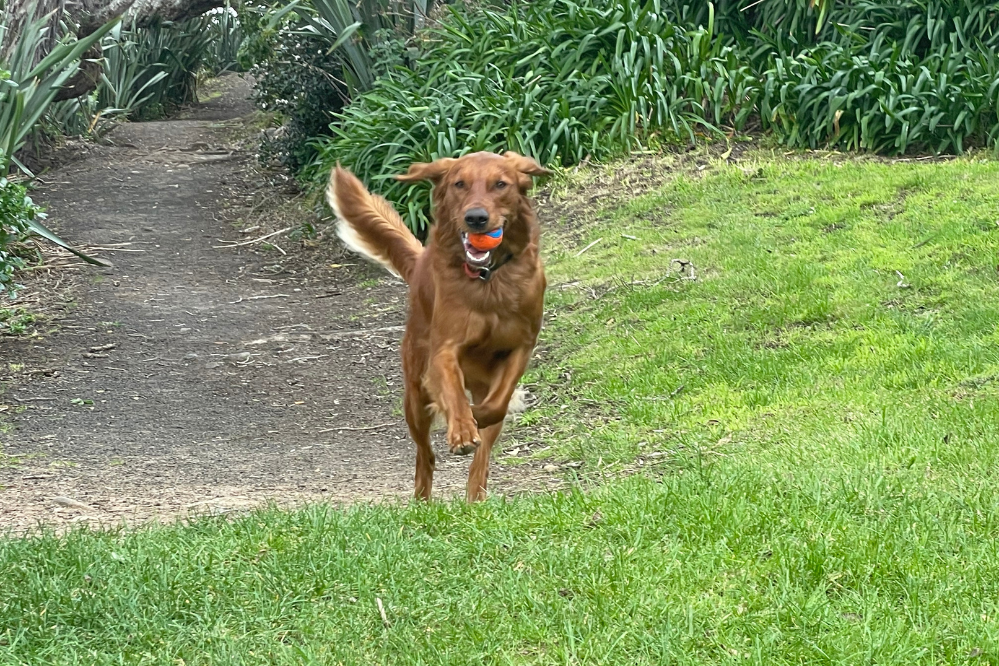
My young golden retriever, Awa, comes from strong working lines, so he’s got a lot more energy than your average pet. He’s smart, enthusiastic, and always ready for action — which is wonderful… but it can also be exhausting!!
Knowing how to get high energy dogs to settle down and switch off is critical.
When working and hunting breeds aren’t actually being used for daily work, sometimes they can struggle to settle, and this can feel relentless. The constant hyperactive behaviour can leave you drained, and it can leave them wound up, bouncing off the walls, and unable to relax.
The truth is, these dogs need help learning how to switch off. Calmness isn’t something they naturally default to — it’s a skill, and one that’s just as important as sit, stay, or recall.
High-drive dogs are built for action, and if all they know is go, go, go, the fallout can be tough for both ends of the leash. For owners, it can push your sanity to the limit when your dog never seems to stop. For the dogs themselves, too much constant activity can lead to over-arousal, stress, and even injury when their body doesn’t get the chance to rest and repair.
Teaching your dog an “off switch” gives you both balance:
So how do we make this a reality?
Before your dog can switch off, their physical and mental needs have to be met. High-energy and working breeds have been developed over generations for stamina and activity — which means they need a lot more exercise and stimulation than your average pet.
Without enough of this, it will be almost impossible for them to relax.
Here’s the balance to aim for:
Tailor this to your individual dog’s breed, age and physical capability.
If you don’t currently have the capacity to meet your dog’s energy needs, consider using doggy daycare or a pack walker to give them an outlet. It’s unfair to expect a young, high-energy dog to settle down if they aren’t first getting enough physical and mental activity to satisfy their requirements.
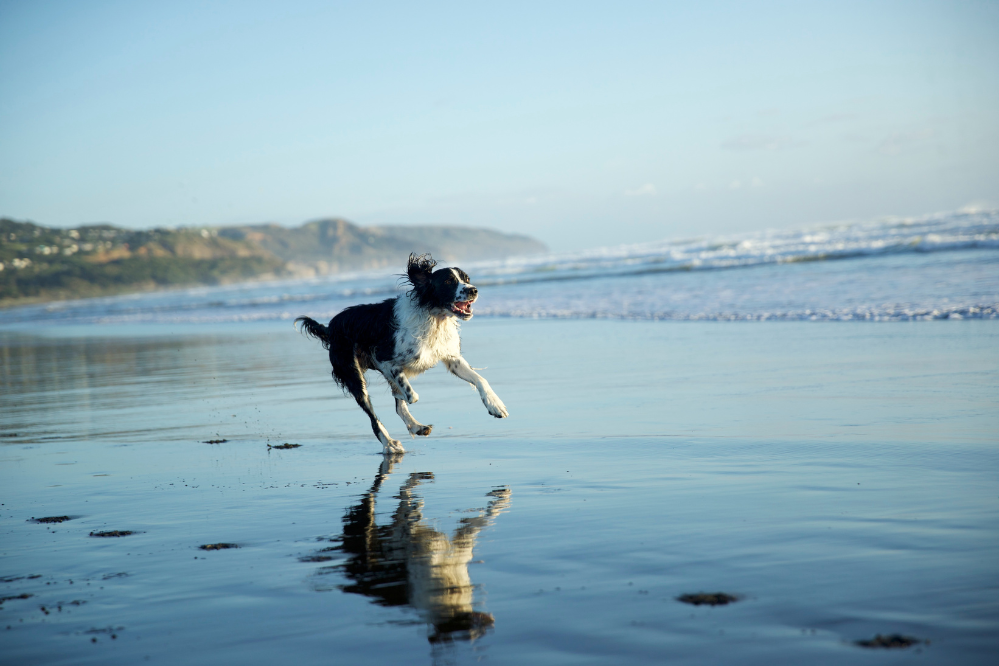
High-drive dogs are happiest when they have a job to do. If they’re not working in the traditional sense - herding, hunting or serving in another way - you can (and should) give them “work”. This keeps their brain engaged, gives them purpose, and prevents boredom or destructive habits.
Some ideas:
These activities give your dog both mental stimulation and the satisfaction of completing a task.
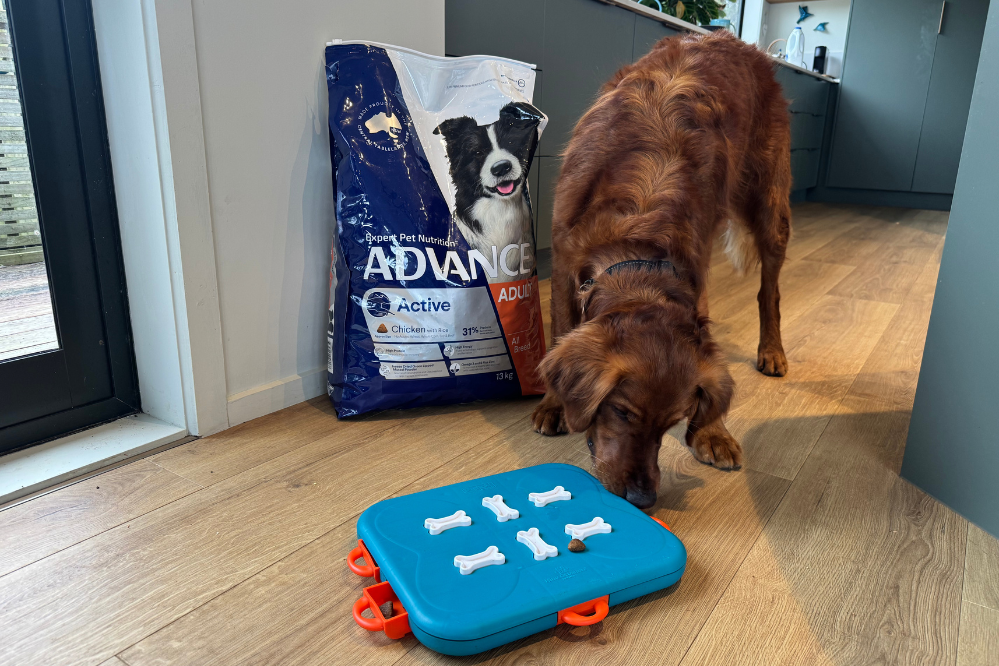
Some high energy dogs won’t automatically know how to relax — they need us to guide them.
That’s where settle training comes in. I like to use a clip station to begin with.
What is a clip station?
It is simply a short lead (ideally a light chain), clipped to the wall or a heavy piece of furniture, with a dog bed/mat beside it. When introduced correctly, it recreates the concept of the den - a small, safe, contained space where your dog learns to settle and relax. It can help teach restraint and reinforce calm behaviours - and it can help teach your dog to stay on their mat, even when they’re no longer clipped up.
A clip station provides an excellent way to facilitate some calm time-out for dogs that don’t self-regulate or know how to switch off. It should be set up in a social area of your home, ideally have 2-3 around the place!
Here’s how to introduce it:
Over time, your dog will associate the mat with calmness and rest — a huge help in daily life.
Other ways to support downtime include crate or pen time (when introduced positively) and setting a calm environment at home.
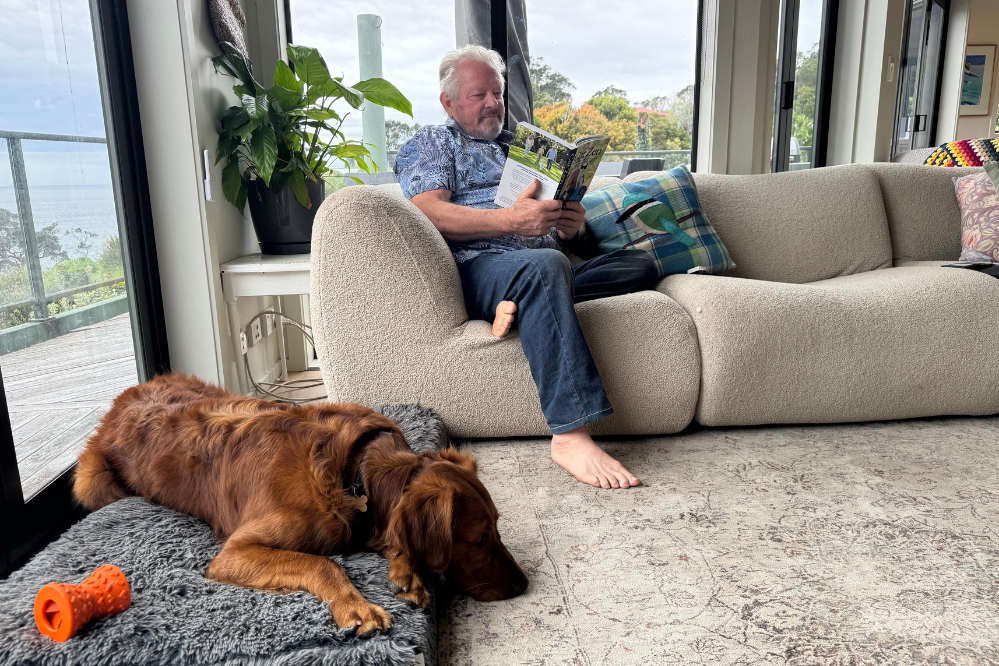
Sometimes our dogs need a little extra help shifting gears from on to off. These simple calming strategies work with your dog’s body and nervous system to promote rest and recovery:
Sniffing
Allowing your dog time to sniff on walks, in the garden, or in a snuffle mat taps into their natural instincts and has a soothing effect on the brain. Sniffing lowers heart rate and helps shift dogs into a calmer state. Think of it as the equivalent of deep breathing for a human! With high-energy dogs, it’s easy to fall into a trap of fast-paced exercise (running or towing beside a bike), but actually slowing the pace to allow more sniffing time can be more calming.
Gentle contact
Calm, steady touch can release feel-good hormones like oxytocin in both you and your dog. Slow strokes along the body, gentle ear rubs, or resting a hand lightly on their side can help them settle. Think “massage pace,” not rough play.
Activating the vagus nerve
The vagus nerve plays a key role in the body’s relaxation system. You can stimulate it through activities such as encouraging your dog to engage in natural chewing or licking (lick mats, chews, or chewy toys) or by practising my signature Zen Down, a curled down position which relaxes the dorsal muscles and induces calm.
Impulse control training
Impulse control is all about teaching your dog to pause and think before acting, rather than diving straight into what they want. For high-energy and working breeds, this is a game-changer — it teaches self-regulation, and helps them manage excitement and stay calmer overall.
Practise asking your dog to wait at the door until released to go through, a Leave It and Stay command, and food bowl manners (waiting for a cue before eating).
These activities can be powerful add-ons to help your dog transition from high arousal to calmness.
What your dog eats has a direct impact on their energy levels and ability to settle. A diet that provides steady, consistent energy helps avoid the peaks and troughs that can leave your dog restless or unable to switch off. I find a good quality diet can make a huge difference to dogs that seem hyperactive or unable to settle.
I personally choose to feed Awa ADVANCE™ Active Dog Food, which is designed for high-energy and working breeds. It offers:
Nutrition that’s built for working dogs doesn’t just fuel the activity — it also supports their recovery and calmness afterwards.
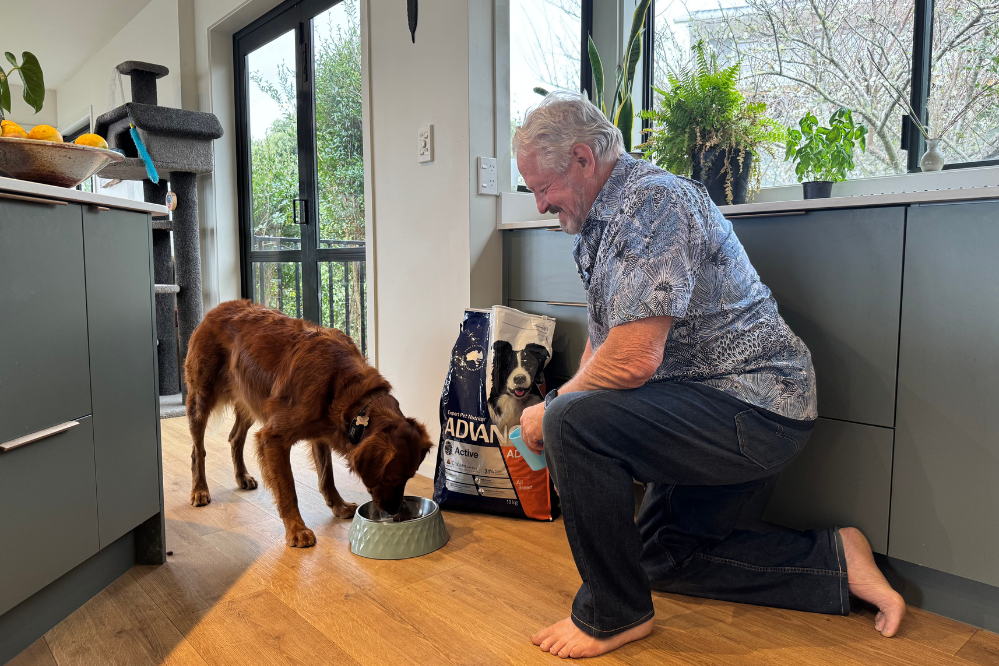
Helping a high-energy or working dog switch off is about much more than just tiring them out — it’s about meeting their needs in a balanced way. With plenty of exercise, mental stimulation, structured downtime, rest days, and the right nutrition, your dog will learn how to relax as well as how to run.
And when Awa finally curls up and snores beside me after a big morning, I know he’s just as grateful for the off switch as I am.

This content is created in partnership with ADVANCE Dog Food.